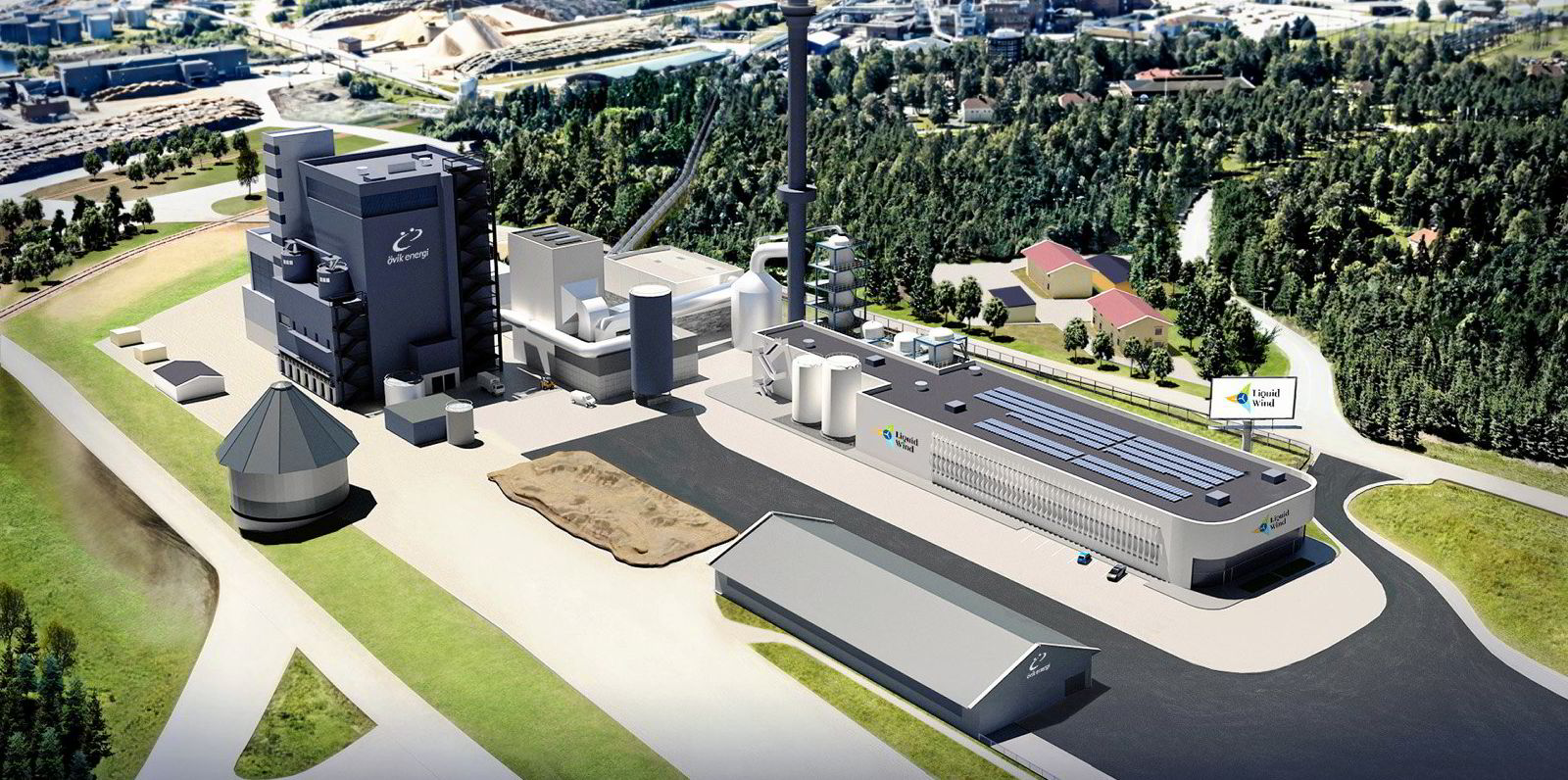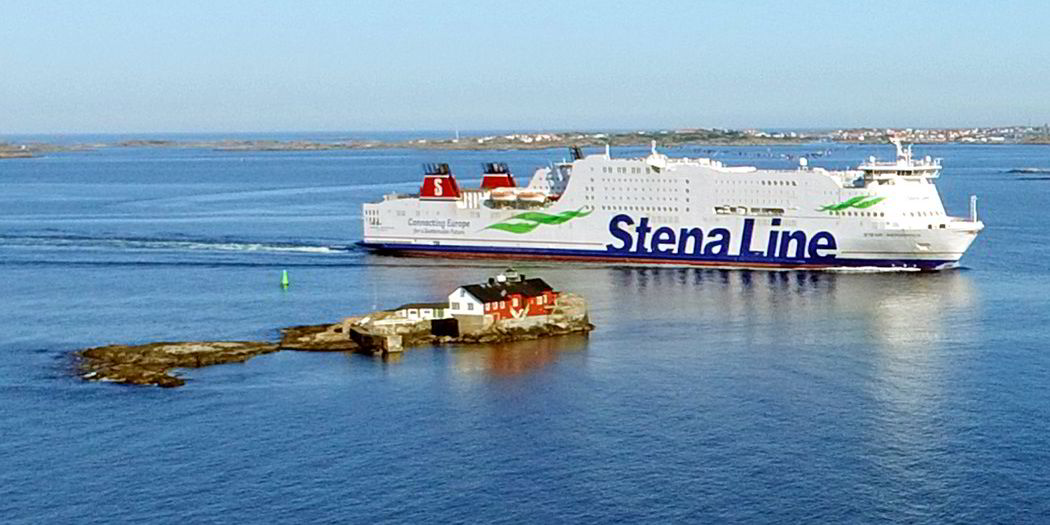As the drive to use methanol to decarbonise shipping gathers momentum, one producer says e-methanol can lead to carbon cuts of more than 90%.
Sweden’s Liquid Wind — which plans to build a plant producing e-methanol using carbon capture and renewable electricity — considered the fuel’s entire life cycle in calculating a 94% reduction in carbon emissions for shipowners.
“When you speak of carbon-neutral fuels, they expect 100% [reduction] because you don’t have emissions at the end,” said Liquid Wind sustainability specialist Felix Jung.
“As long as ... there’s still concrete being used for a wind farm, there’s always CO2 emissions on the life-cycle analysis.
“We include all the factors.”
Shipowners and industry regulators are attempting to plot a path forward on decarbonisation, and methanol pioneers are seeking to carve out a greater niche in the future fuels mix, with the backing of owners such as AP Moller-Maersk.
Proponents of the fuel argue that it has many advantages over more popular options such as LNG and hydrogen.
Unlike hydrogen, methanol fuel is widely available right now and can be stored at ambient temperature without cooling or pressurisation.
Immediately switching over to the fuel allows shipowners to cut between 15% and 17% of high-sulphur emissions and as much as 11% of low-sulphur emissions, according to the Methanol Institute, an industry group.
The move makes users compliant with the International Maritime Organization’s 2030 emissions target— requiring shipowners to slash carbon intensity by 40% — just as LNG would. But unlike LNG, it can meet the more stringent IMO 2050 emissions regulations if it is produced renewably.
This can be done by using captured carbon, as Liquid Wind intends to, or with biomass, by replacing the usual LNG feedstock used in its production.
Jung said his firm’s method is less carbon-intensive than biomethanol, as the biomass has to be transported to the point of production, while the carbon in e-methanol is harvested at the plant.
“The beauty of e-fuels is that it’s a simple [process]. You have electricity and a CO2 source and it’s all under one facility,” he said.
Stena Line and Methanex subsidiary Waterfront Shipping were the first to employ methanol fuel on their ships, Stena Line in part on one of its ferries and Waterfront running both conventional fuel and methanol on six tankers delivered in 2016.
More recently, Maersk ordered 12 dual-fuelled container ships for delivery in 2024 and 2025, and Danaos Corp has four newbuildings on the way that will burn conventional fuel but are methanol-ready.
Maersk’s decision to commit to renewable methanol last year brought with it supply concerns, but since then, it has signed deals to source 730,000 tonnes by 2025.

Liquid Wind, which was not part of those deals, intends to provide the market with 50,000 tonnes once its first facility, in Sweden, comes on line in 2024. Construction of the plant begins in the middle of this year.
All 50,000 tonnes will be available from day one, with no need to ramp up production. From there, Liquid Wind intends to develop 10 plants with increased production capacity.
The first plant will be among 46 worldwide producing renewable methanol in the coming years, by the Methanol Institute’s count, with 26 producing e-methanol and 20 making biomethanol.
The vast majority of those plants are in Europe, where there are 30 up and running or in the planning stages, with 18 producing e-methanol.
One of the few plants outside Europe producing biomethanol is run by Methanex in Louisiana on the Mississippi River near Baton Rouge.
Jason Chesko, senior manager for market development at Methanex, said methanol is available for shipowners if they want it.
He said the fuel has emerged as the top alternative, and the company is talking to shipping companies as they evaluate their needs.
“I work in market development every day. Methanol is a mainstream alternative now,” he said.
“The number of vessels in the water is going to increase 15 to 70-plus in the coming years.”
This article has been amended since publication to replace image with the correct rendering of the project.







